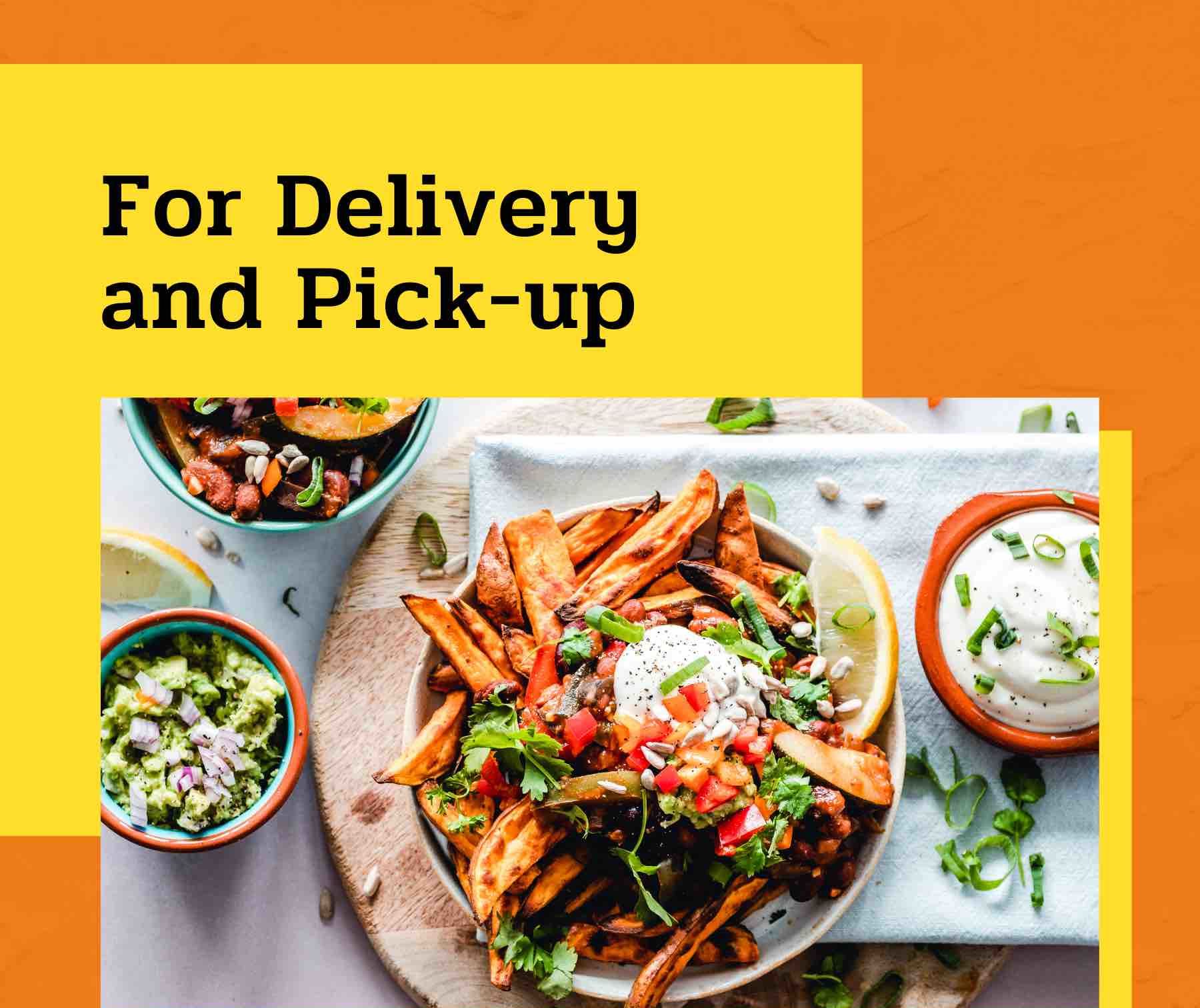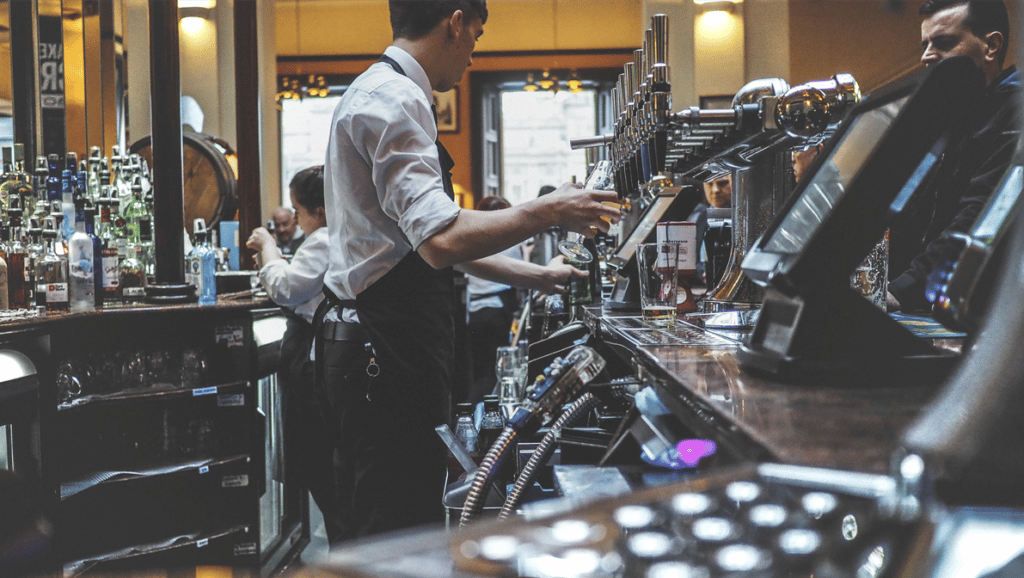As a restaurant owner or operator in 2020, you’ve been faced with an incredibly challenging environment. Running a restaurant in pre-pandemic times wasn’t easy, but COVID-19 threw an even bigger wrench into your plans.
Since the beginning of the pandemic, you have adjusted your restaurant business model to match the “new normal.” You rapidly shifted operations and resources between different order modes, most likely approaching dine-in, delivery, takeout, or drive-thru differently.
Restaurants were under pressure to adjust and pivot quickly. But since the rush to shift operations to off-premise channels, have you actually been able to step back and evaluate which order modes are the most profitable?
Now is the time understand how to measure the most profitable order mode for your restaurant. With the proper reporting tools, you can have the data you need to examine your operations. Evaluating the numbers behind your order modes is key as you plan for your restaurant operations through the pandemic.
The impact of off-premise channels on dine-in restaurants
The COVID-19 pandemic placed restrictions on restaurants that, sometimes due to local laws, limited dine-in services in many states. Restaurants were forced todiversify services very quickly to weather the crisis. Your restaurant may have expanded takeout, online food delivery, or curbside pickup to increase your sales and adapt to the new reality.
The pandemic has forced many operators to adapt their business models to meet customer demand for off-premise channels, which has amplified the existing challenges for these order modes. Here, we go over how to start examining the impact of your off-premise sales on your restaurant’s financial health.
How to Determine Profit Margin
Your net profit margin is based on your net income, which is calculated by your total revenue minus your operating expenses (your CoGS and other operating costs like payroll, maintenance, and rent). Divide your net profit by your total sales, and you can calculate the percentage of net profit you earn for every dollar you bring in, accounting for your expenses. Your profit may be a dollar amount, but your profit margin is your profit as a percentage of sales.
Fundamentally, the math behind determining your profit margin has always been the same. However, with off-premise channels in particular, there are many more factors for operators to take into consideration when calculating profitability. Restaurant accounting software can help you get an accurate profit margin in less time.
Calculate Your Most Profitable Order Mode
Some restaurant reporting solutions offer reporting by order mode, helping you understand which channel is creating the greatest profit margin.
To calculate your most profitable channel, start by examining your top five order modes, pulling sales information from your POS. For example, here are five common order modes that your restaurant may be using:
- Dine-In
- Delivery
- Pick Up/To Go (takeout, curbside)
- Catering
- Drive Thru
Rank these service types from highest to lowest sales within a selected time period. To save time, consider automating the transfer of your sales data with restaurant reporting software that’s integrated with your POS.
Once you are able to break down each order channel by sales amount, you can look at your profit margin individually. The profit margin for each channel will be determined by the difference between the item price, item cost, and any associated fees.
Now is time to find out what is working, what is not, and make changes. With data in hand, you can break down your profitability and evaluate whether you are making or losing money between different off-premise channels.
Next, you should take a closer look at your delivery channel in particular.
Calculate the Cost of Delivery for Your Restaurants
To calculate the profitability of online food delivery for your business, you can repeat a similar process with your restaurant reporting solution at the delivery service level.
Pull your top delivery services, based on total sales amount for a certain period of time. This may include delivery service options like:
- Uber Eats
- Grub Hub
- Door Dash
- Seamless
- Postmates
- ChowNow
Next, examine these top delivery services by profit margin. Higher sales with one platform does not necessarily mean that delivery service is the most profitable. To calculate your margin, take into account your cost of goods sold, delivery fees, and other operating costs to get the profit margin. Finally, sort by profit margin to see your true top performers by profit margin (not just total sales).Considering the commission rates and delivery fees for each third-party service is key to understanding what is most profitable for your restaurant. It can be challenging to track fees and percentages for your restaurant accounting, making it essential to stay on top of your reporting.
Even before the pandemic, operators were weighing whether third-party delivery services were viable with a restaurant business model. Many delivery services are not very profitable from a “sales minus cost” perspective. But with the shift to off-premise dining, delivery has become a necessary component for many restaurants.
Although delivery profit margins may be lower, it may be worth investing in these delivery channels from a marketing standpoint. Delivery services invest a lot in advertising and have a wide reach with potential customers. Using these channels may enable customers to find your restaurant, providing you with the opportunity to create a loyal customer who can continue to order via more profitable channels such as dine-in and takeout.
The future of off-premise channels
We’re still in the midst of this pandemic, and no one is sure what the future will hold. Delivery companies have adjusted some of their fees during the pandemic, and some cities, including New York City and Los Angeles, have capped fees for these third-party delivery companies. The profitability calculation for restaurant owners and operators is constantly changing.
What is certain is that someone will be paying for the costs of off-premise channels and delivery, whether that is the restaurant, a third-party service, or the customer. It is likely that consumers will become used to the convenience of online food delivery, and they may expect to order frequently through off-premise channels in the long term.
It is impossible to guess how things will shake out in the future. However, if your restaurant is prepared with the data that allows you to understand your profitability, you are setting yourself up for success no matter what the future looks like.
Conclusion
The restaurant industry is facing some major challenges. However, the only thing that is more difficult than operating in uncertain times like these is operating without transparency into your operations. Having access to the data about the most profitable order mode for your restaurant is essential. With robust accounting, operating, and reporting tools, you are well-prepared to meet the challenges of off-premise channels.
Are you Interested in calculating key data points like your menu item and delivery profitability? Restaurant365 incorporates restaurant accounting software, restaurant operations software, inventory management software, payroll + HR software, and scheduling software into an all-in-one, cloud-based platform that’s fully integrated with your POS system, as well as to your food and beverage vendors, and bank. It also includes item and delivery profitability widgets that allow you to determine profitability by order mode and delivery service. Ask for a free demo of Restaurant365 today.



